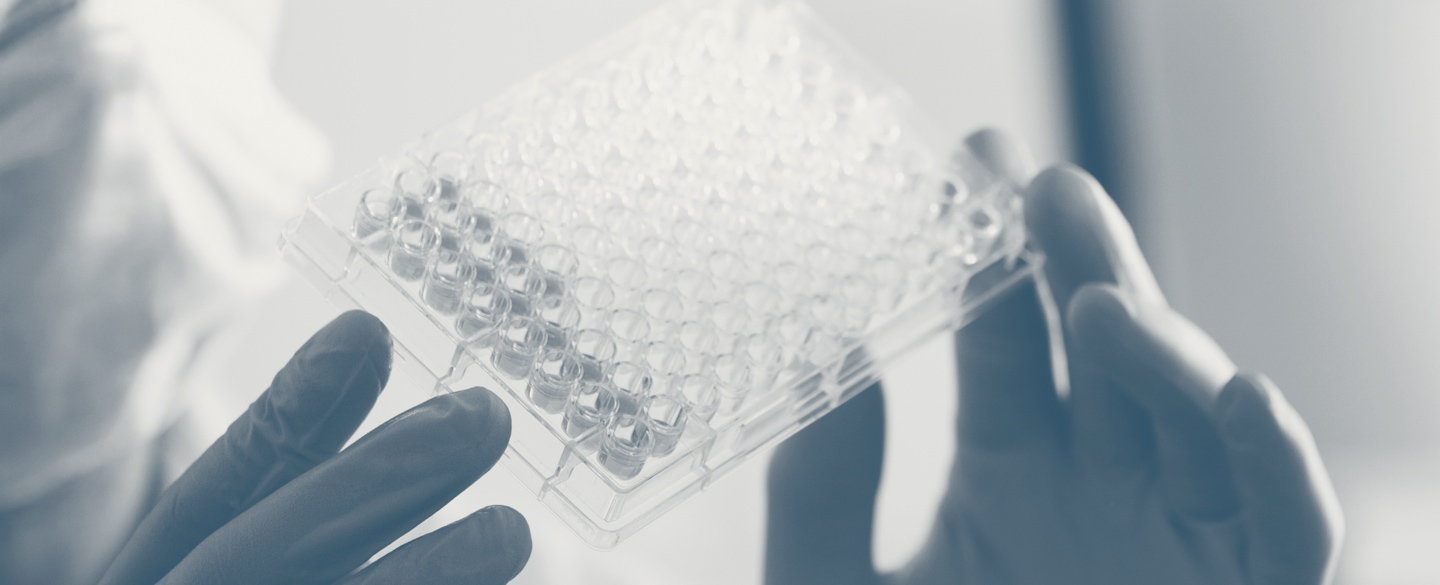
2020
Amber N. Stratman, PhD
Assistant Professor, Department of Cell Biology and Physiology, Washington University in St. Louis
Regulating the Vasculature in the Tumor Microenvironment
How are the new blood vessels that tumors create to feed themselves different from already established blood vessels and how can we exploit those differences to starve cancer?
For nearly four decades, scientists have pursued the idea of anti-angiogenic therapies: therapies intended to block the formation of new blood vessels from cancerous tumors and to remove the supply of blood that brings nutrients to a tumor, removes wastes and allows a tumor to grow. Blood vessels grown by tumors also provide a way for cancer cells to move to new tissue sites for metastasis, so blocking blood vessel growth into a tumor could help block metastatic events. Unfortunately, most current anti-angiogenic therapies are largely ineffective because tumors can evolve and overcome treatment, to a point that the treatment required to deal with them would be dangerous to regular, non-tumor blood vessels.
Dr. Stratman is proposing a different approach. She has identified a step within signaling processes particularly important in the building of new blood vessels; altering this signaling process leads to significantly compromised new blood vessels. This step, the recycling of key intercellular molecules called phosphoinositides, is needed for activating the signaling that forms new blood vessels. When the recycling of this key material is inhibited while new blood vessels are forming, the resulting vessels are weak and ineffective. Without having more phosphoinositide available, the tumor microenvironment creates a local population of fewer blood vessels with lower motility and compromised blood flow.
Dr. Stratman has already shown that blocking phosphoinositide recycling can effectively inhibit the endothelial cells (the cells that line the inside of blood vessels and make them strong) involved in tumor blood vessel creation in both mice and zebrafish, while causing no harm to the stabilized, already established blood vessels supporting healthy tissues. She will use her Cancer Research Foundation Young Investigator Award to fully characterize how the endothelial cells in healthy tissues respond differently to restricted phosphoinositide availability and compromised blood flow, as compared to endothelial cells within the tumor microenvironment. Her aim is to determine what distinguishes a healthy, properly-formed set of blood vessels with normal blood flow from the blood vessels formed by a tumor, which she hopes will provide key mechanistic data to apply to her anti-angiogenic model and refine a therapeutic target for further pre-clinical testing of this new anti-angiogenic approach.